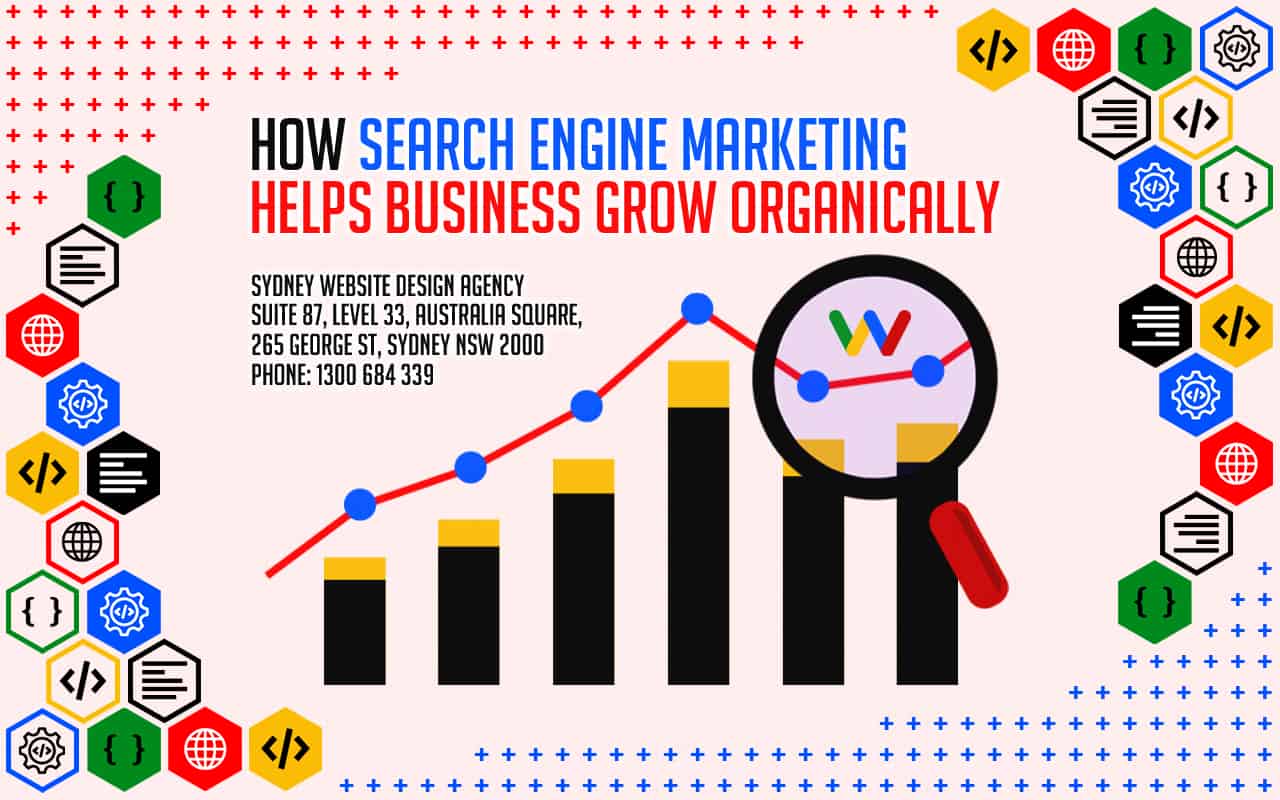

Google Tag Manager testing"Testing in Google Tag Manager involves using the preview mode to verify that your tags fire correctly. By testing before publishing, you ensure accurate data collection and avoid errors that could impact your analytics reports."
Google Tag Manager trigger groups"Trigger groups in Google Tag Manager allow you to fire a tag only when multiple conditions are met. By using trigger groups, you can implement more complex tracking scenarios and ensure that your data collection is both precise and meaningful."
Google Tag Manager triggers"Triggers in Google Tag Manager determine when a tag should fire. Local SEO . Best SEO Sydney Agency. For example, you can create triggers to fire tags on page loads, button clicks, or form submissions. By using triggers, you ensure that tracking is accurate and relevant."
Google Tag Manager variable types"Variable types in Google Tag Manager include built-in variables, user-defined variables, and data layer variables.
Google Tag Manager variables"Variables in Google Tag Manager store data that can be reused across multiple tags and triggers. Common variables include page URLs, click text, and form IDs. By setting up variables, you simplify tag management and reduce duplication of effort."
Google Tag Manager version history"Version history in Google Tag Manager lets you review and roll back changes made to your tags, triggers, and variables. By keeping track of version updates, you ensure consistency, maintain accurate tracking, and quickly resolve issues when they arise."
Guest posting"Guest posting is a link building technique where you contribute articles to other reputable websites in your industry. In return, you often receive a backlink to your site, improving its visibility, authority, and traffic."
head terms"Head terms are short, generic keywords with high search volumes. While competitive, they often serve as a foundation for discovering long-tail variations that are easier to rank for."
header tags optimization"Header tags optimization ensures that headings and subheadings (H1, H2, H3, etc.) are used correctly and include relevant keywords. Best SEO Packages Sydney Sydney. This practice improves the pages readability and helps search engines understand the structure and hierarchy of the content."


headline optimization"Optimizing headlines involves crafting compelling titles that capture user attention and include relevant keywords. Strong headlines improve click-through rates, enhance readability, and help search engines understand your contents focus."
High DA link opportunitiesHigh DA link opportunities refer to backlink prospects from websites with high domain authority. Targeting these sources helps improve your own sites authority and enhances your overall search engine performance.
High-authority links"High-authority links come from websites with strong domain authority and trustworthiness.
high-converting keywords"High-converting keywords are terms that lead to a higher percentage of conversions. By identifying and targeting these keywords, you improve ROI and achieve better results from your SEO efforts."
high-quality image compressionHigh-quality image compression reduces file sizes while preserving visual clarity. Using advanced compression techniques helps maintain a professional appearance and ensures faster load times for a better user experience.
high-resolution images"High-resolution images provide a clearer, more detailed visual experience. Optimizing these images by compressing them appropriately and using the correct file formats ensures that quality remains high without slowing down page load times."


high-volume keywords"High-volume keywords are search terms that receive a large number of monthly searches. While theyre often more competitive, ranking for these keywords can result in significant traffic gains."
high-volume search terms"High-volume search terms are keywords that receive a significant number of monthly searches. While often more competitive, ranking for these terms can greatly increase your sites traffic."
how-to keywords"How-to keywords indicate that users are looking for step-by-step guidance. By creating clear, actionable content around these terms, you attract traffic from users seeking practical solutions."
HTML code optimization"HTML code optimization focuses on ensuring clean, efficient code that loads quickly and is easy for search engines to crawl. This includes removing unnecessary tags, compressing files, and using semantic HTML to improve performance and accessibility."
HTML improvements"HTML improvements focus on optimizing the code that structures your web pages.
image accessibility"Image accessibility ensures that all users, including those with visual impairments, can understand the content of your images. By using alt text, descriptive captions, and appropriate metadata, you enhance accessibility and improve search engine visibility."

Local search may refer to:
Web syndication is making content available from one website to other sites. Most commonly, websites are made available to provide either summaries or full renditions of a website's recently added content. The term may also describe other kinds of content licensing for reuse.
For the subscribing sites, syndication is an effective way of adding greater depth and immediacy of information to their pages, making them more attractive to users. For the provider site, syndication increases exposure. This generates new traffic for the provider site—making syndication an easy and relatively cheap, or even free, form of advertisement.
Content syndication has become an effective strategy for link building, as search engine optimization has become an increasingly important topic among website owners and online marketers. Links embedded within the syndicated content are typically optimized around anchor terms that will point an optimized[clarification needed] link back to the website that the content author is trying to promote. These links tell the algorithms of the search engines that the website being linked to is an authority for the keyword that is being used as the anchor text. However the rollout of Google Panda's algorithm may not reflect this authority in its SERP rankings based on quality scores generated by the sites linking to the authority.
The prevalence of web syndication is also of note to online marketers, since web surfers are becoming increasingly wary of providing personal information for marketing materials (such as signing up for a newsletter) and expect the ability to subscribe to a feed instead. Although the format could be anything transported over HTTP, such as HTML or JavaScript, it is more commonly XML. Web syndication formats include RSS, Atom,[1] and JSON Feed.
Syndication first arose in earlier media such as print, radio, and television, allowing content creators to reach a wider audience. In the case of radio, the United States Federal government proposed a syndicate in 1924 so that the country's executives could quickly and efficiently reach the entire population.[2] In the case of television, it is often said that "Syndication is where the real money is."[3] Additionally, syndication accounts for the bulk of TV programming.[4]
One predecessor of web syndication is the Meta Content Framework (MCF), developed in 1996 by Ramanathan V. Guha and others in Apple Computer's Advanced Technology Group.[5]
Today, millions of online publishers, including newspapers, commercial websites, and blogs, distribute their news headlines, product offers, and blog postings in the news feed.
Conventional syndication businesses such as Reuters and Associated Press thrive on the internet by offering their content to media partners on a subscription basis,[6] using business models established in earlier media forms.
Commercial web syndication can be categorized in three ways:
Commercial web syndication involves partnerships between content producers and distribution outlets. There are different structures of partnership agreements. One such structure is licensing content, in which distribution partners pay a fee to the content creators for the right to publish the content. Another structure is ad-supported content, in which publishers share revenues derived from advertising on syndicated content with that content's producer. A third structure is free, or barter syndication, in which no currency changes hands between publishers and content producers. This requires the content producers to generate revenue from another source, such as embedded advertising or subscriptions. Alternatively, they could distribute content without remuneration. Typically, those who create and distribute content free are promotional entities, vanity publishers, or government entities.
Types of content syndicated include RSS or Atom Feeds and full content. With RSS feeds, headlines, summaries, and sometimes a modified version of the original full content is displayed on users' feed readers. With full content, the entire content—which might be text, audio, video, applications/widgets, or user-generated content—appears unaltered on the publisher's site.
There are two methods for selecting distribution partners. The content creator can hand-pick syndication partners based on specific criteria, such as the size or quality of their audiences. Alternatively, the content creator can allow publisher sites or users to opt into carrying the content through an automated system. Some of these automated "content marketplace" systems involve careful screening of potential publishers by the content creator to ensure that the material does not end up in an inappropriate environment.
Just as syndication is a source of profit for TV producers and radio producers, it also functions to maximize profit for Internet content producers. As the Internet has increased in size[7] it has become increasingly difficult for content producers to aggregate a sufficiently large audience to support the creation of high-quality content. Syndication enables content creators to amortize the cost of producing content by licensing it across multiple publishers or by maximizing the distribution of advertising-supported content. A potential drawback for content creators, however, is that they can lose control over the presentation of their content when they syndicate it to other parties.
Distribution partners benefit by receiving content either at a discounted price, or free. One potential drawback for publishers, however, is that because the content is duplicated at other publisher sites, they cannot have an "exclusive" on the content.
For users, the fact that syndication enables the production and maintenance of content allows them to find and consume content on the Internet. One potential drawback for them is that they may run into duplicate content, which could be an annoyance.
Web syndication has been used to distribute product content such as feature descriptions, images, and specifications. As manufacturers are regarded as authorities and most sales are not achieved on manufacturer websites, manufacturers allow retailers or dealers to publish the information on their sites. Through syndication, manufacturers may pass relevant information to channel partners.[8] Such web syndication has been shown to increase sales.[9]
Web syndication has also been found effective as a search engine optimization technique.[10]
Search engine optimisation consultants analyze your website and its performance, identify issues, and recommend strategies to improve your search rankings. They provide guidance on keyword selection, on-page optimization, link building, and content strategy to increase visibility and attract more traffic.
Local SEO services in Sydney focus on optimizing a business's online presence to attract local customers. This includes claiming local business listings, optimizing Google My Business profiles, using location-specific keywords, and ensuring consistent NAP (Name, Address, Phone) information across the web.
SEO agencies in Sydney typically offer comprehensive services such as keyword research, technical audits, on-page and off-page optimization, content creation, and performance tracking. Their goal is to increase your site's search engine rankings and drive more targeted traffic to your website.
A local SEO agency specializes in improving a business's visibility within a specific geographic area. They focus on optimizing local citations, managing Google My Business profiles, and targeting location-based keywords to attract nearby customers.
SEO packages in Australia typically bundle essential optimization services such as keyword research, technical audits, content creation, and link building at a set price. They are designed to simplify the process, provide consistent results, and help businesses of all sizes improve their online visibility.
Content marketing and SEO work hand-in-hand. High-quality, relevant content attracts readers, earns backlinks, and encourages longer time spent on your site'factors that all contribute to better search engine rankings. Engaging, well-optimized content also improves user experience and helps convert visitors into customers.